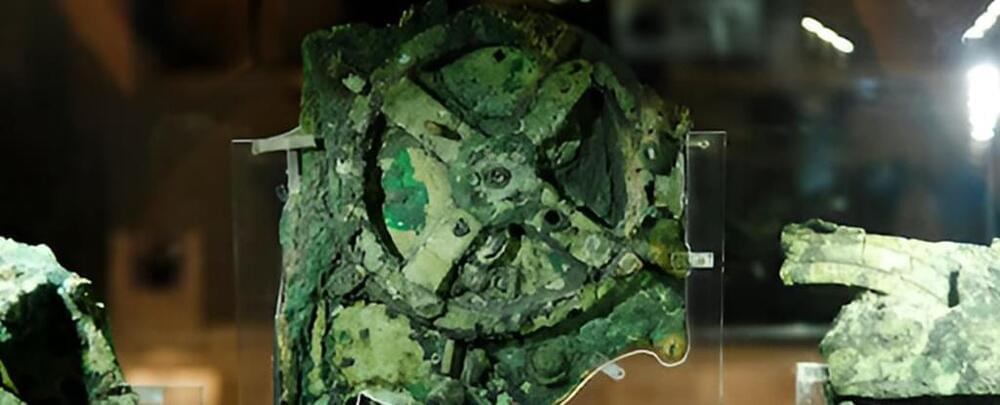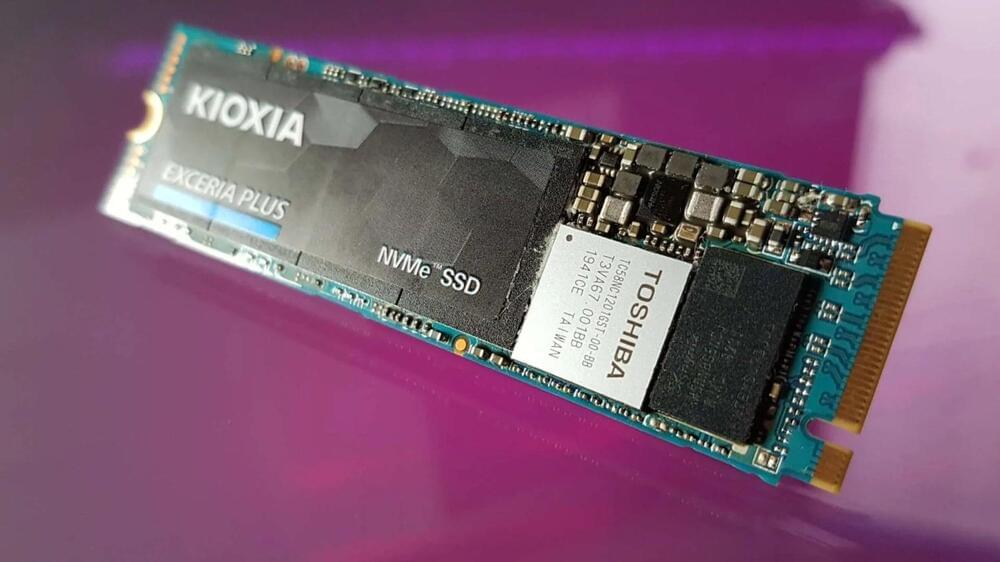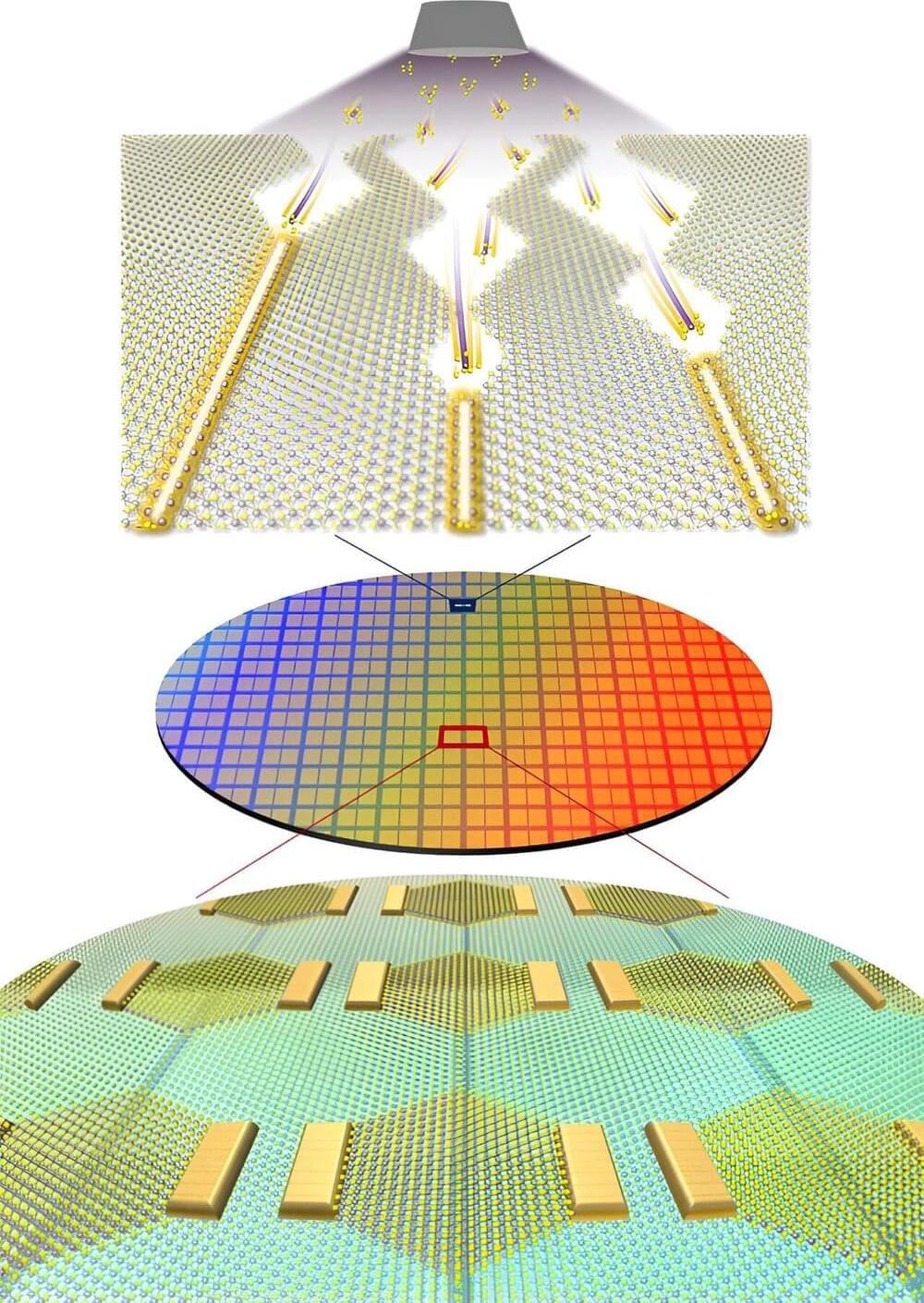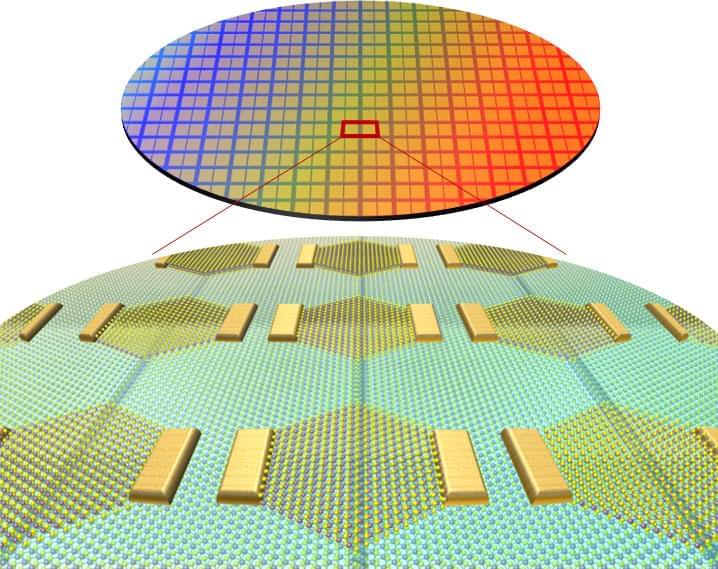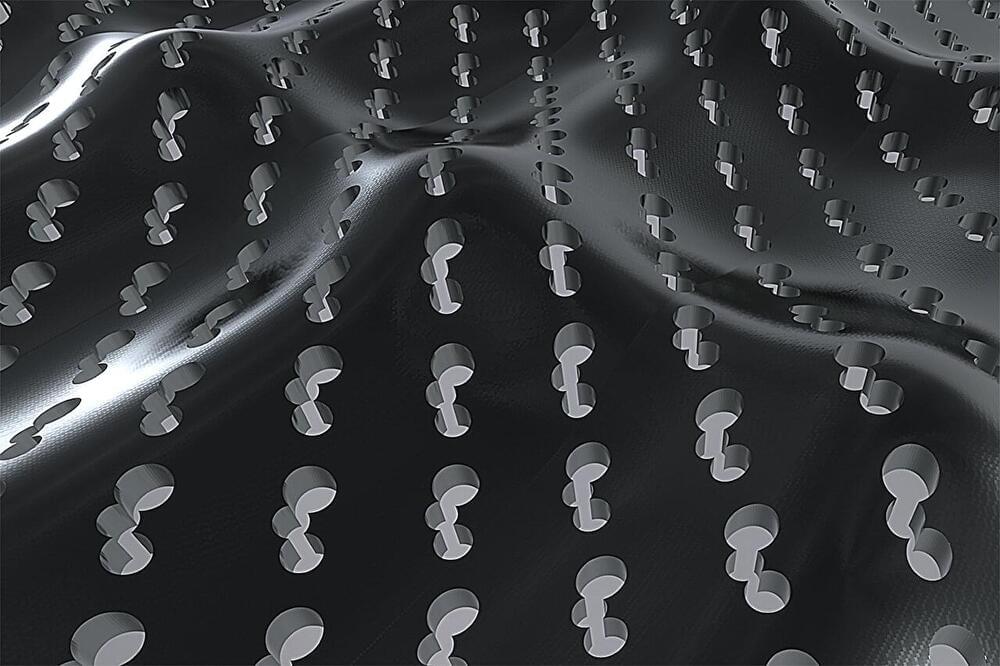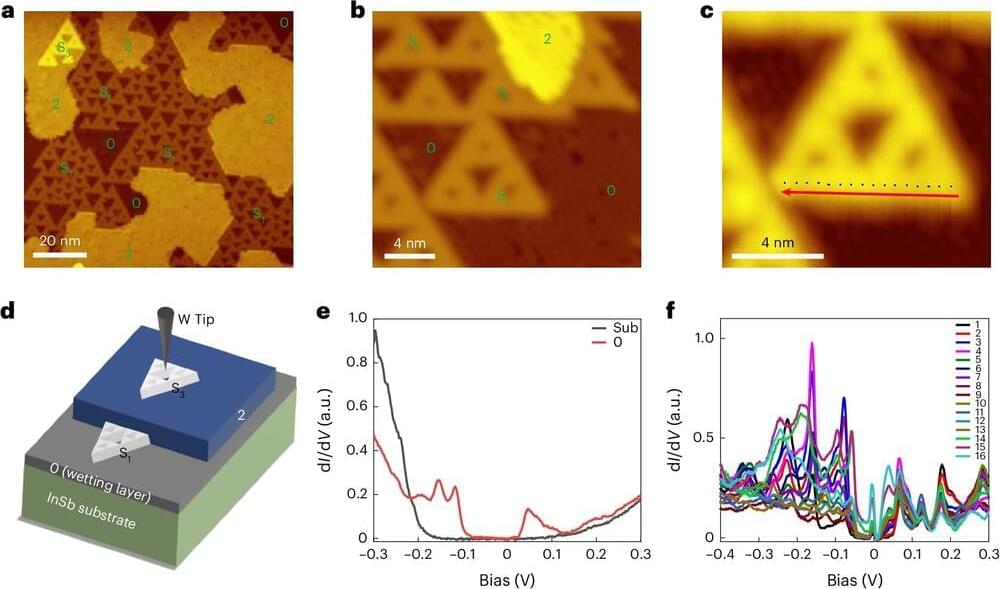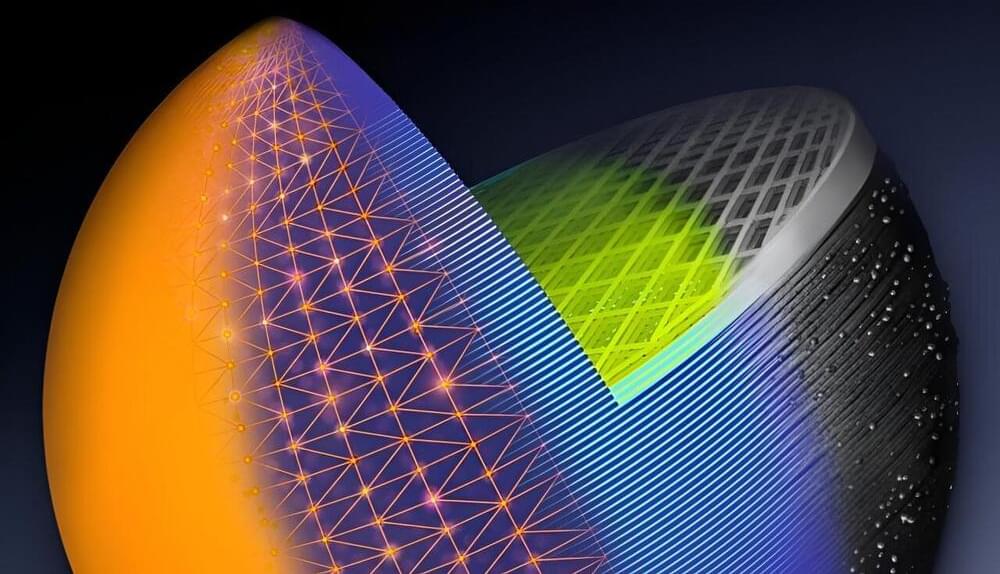Jul 3, 2024
Gravitational Wave Research Reveals Missing Details on The Mysterious Antikythera Mechanism
Posted by Shailesh Prasad in categories: computing, physics
Little more than a handful of corroded bronze wheels and heavily encrusted gears now remains of the ancient artifact called the Antikythera mechanism, leaving archaeologists to speculate over its functionality and purpose.
After decades of study, it’s largely agreed that the millennia-old device was something of an analog computer capable of keeping track of celestial movements. Yet with only fractured fragments to go by, researchers can only guess at the more intricate methods of its operation.
Researchers from the University of Glasgow in the UK have now used statistical modeling techniques borrowed from the study of gravitational waves to extrapolate missing details of a critical dial on Antikythera mechanism.
